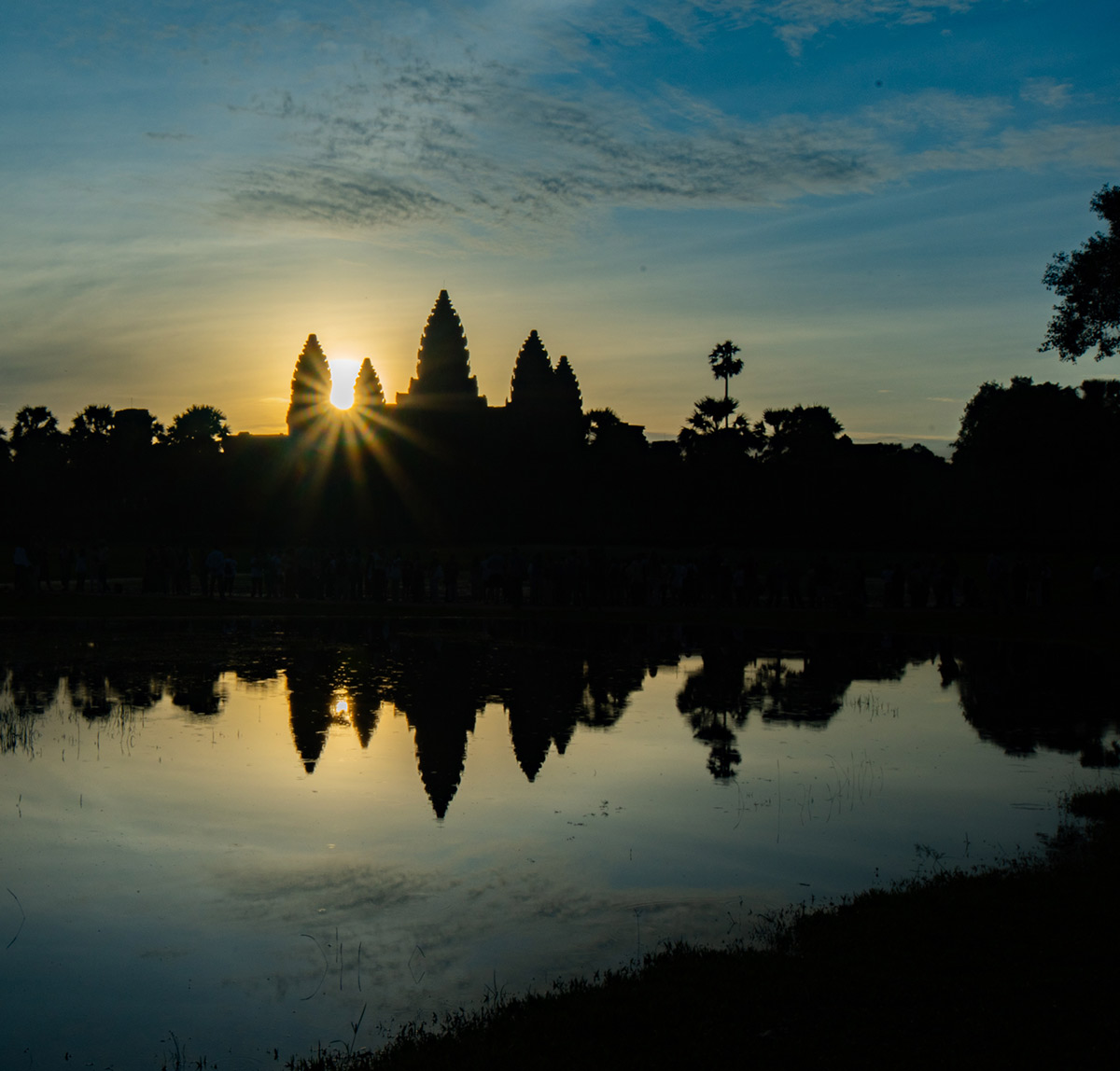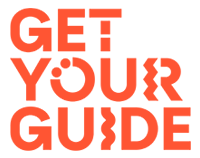“Where there are palm trees, there is Cambodia,” is the popular saying in the land of the Khmer. This refers to the sugar palms with their elegant, graceful, and bushy tops rising up into the sky. Visible from afar, they fascinate with their grace. At Angkor Wat, Cambodia’s most important national symbol, it seems as if they serve as sublime bodyguards for this sacred place.
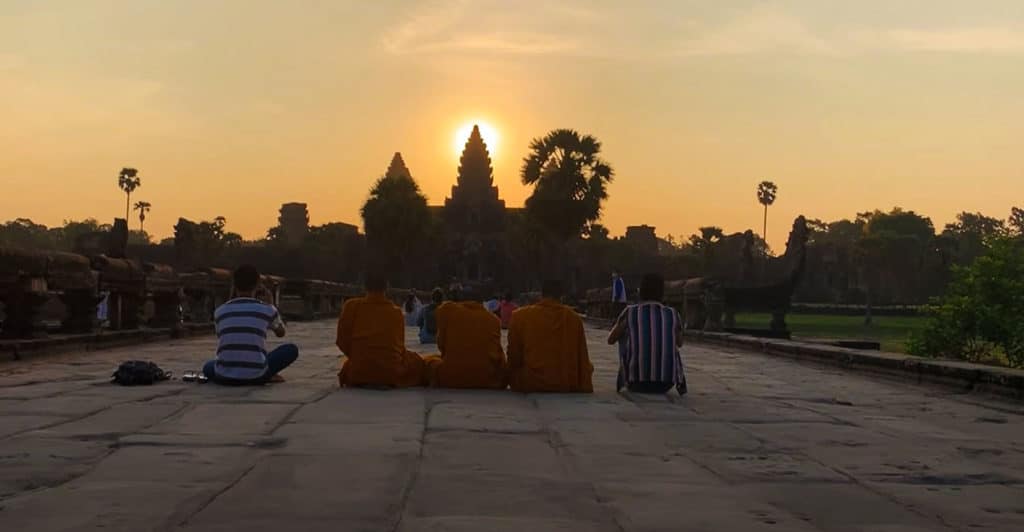
Geographically speaking, Cambodia is located in Southeast Asia on the Gulf of Thailand between Thailand in the north and west, Vietnam in the east and Laos in the eastern north. Almost all of the south borders the sea. It is about 1,400 km from there to the equator in the south. For comparison: Germany is a good 4,500 km further north.
Name. Size. Climate. Religion.
The name Cambodia is derived from the Sanskrit Kambujadeśa (कम्बोजदेश) – “Land of Kambuja”. Officially, the country bears the illustrious name Preăh Réachéanachâkr Kâmpŭchéa (in Khmer: ព្រះរាជាណាចក្រ កម្ពុជា), which translates as “Kingdom of Cambodia”. In everyday language, however, it is simply referred to as Kâmpŭchéa (in Khmer កម្ពុជា). The monarchy advertises itself to tourists as the “Kingdom of Wonder”. The country is divided into 25 provinces. Almost in the center is the Tonlé Sap Lake, the largest inland lake in South-East Asia. Each province has its own unique charm.
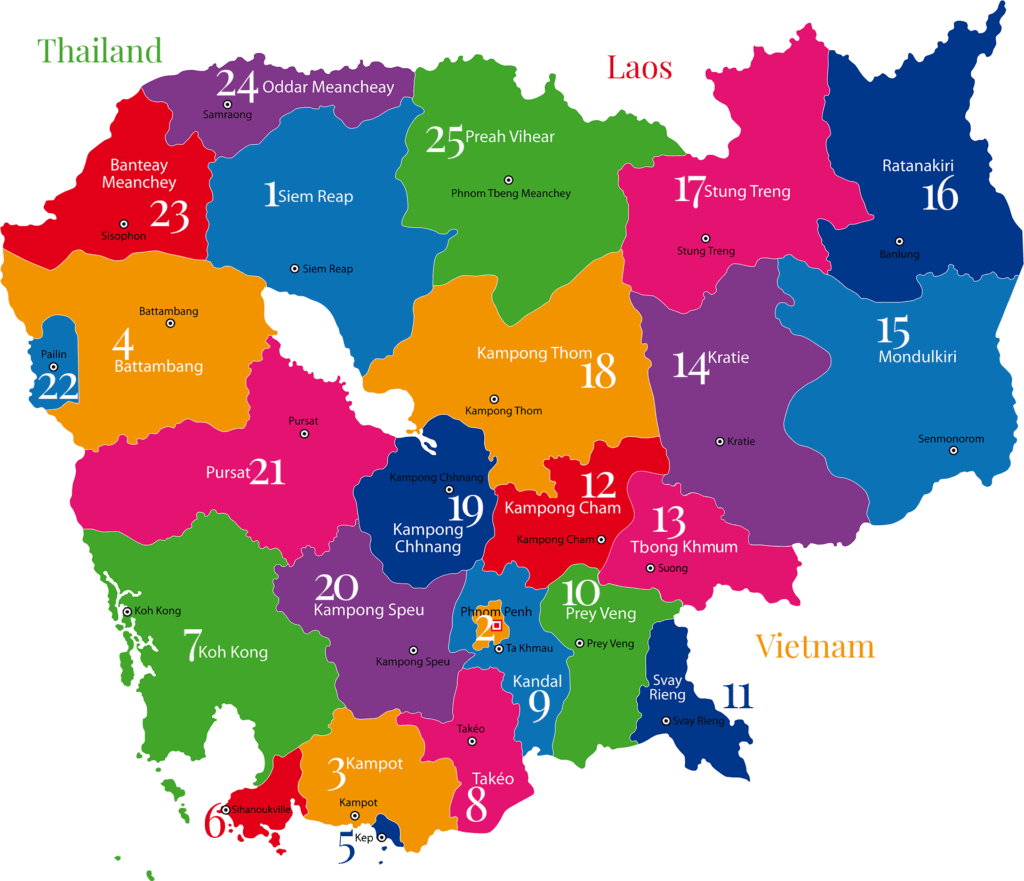
Popular pages: Discover Cambodia
At 181,000m², Cambodia is about half the size of Germany and, with 16.5 million inhabitants, five times less populated. Apart from hotspots such as Phnom Penh (Cambodia’s capital), Siem Reap in the south, the temple of Angkor and Sihanoukville, which has been completely “remodeled” within a few years, as well as various provincial capitals such as Battambang, Kampot or Kep, the kingdom is rather rural.
The tropical monsoon climate, which is divided into rainy and dry seasons, ensures almost consistently high temperatures. In December, the average temperature is 26 °C. April is considered the hottest with average temperatures of 30 °C. With the start of the rainy season in May, the southwest monsoon blows over the country and nature increasingly appears in lush green. Even the Angkorian monuments are dressed in green here and there. The Cambodians celebrate the end of the rainy season with a water festival called Bon Om Touk. The races with long dragon boats are one of the highlights of the festival. One of the boats is even so long that it is listed in the Guinness Book of Records.
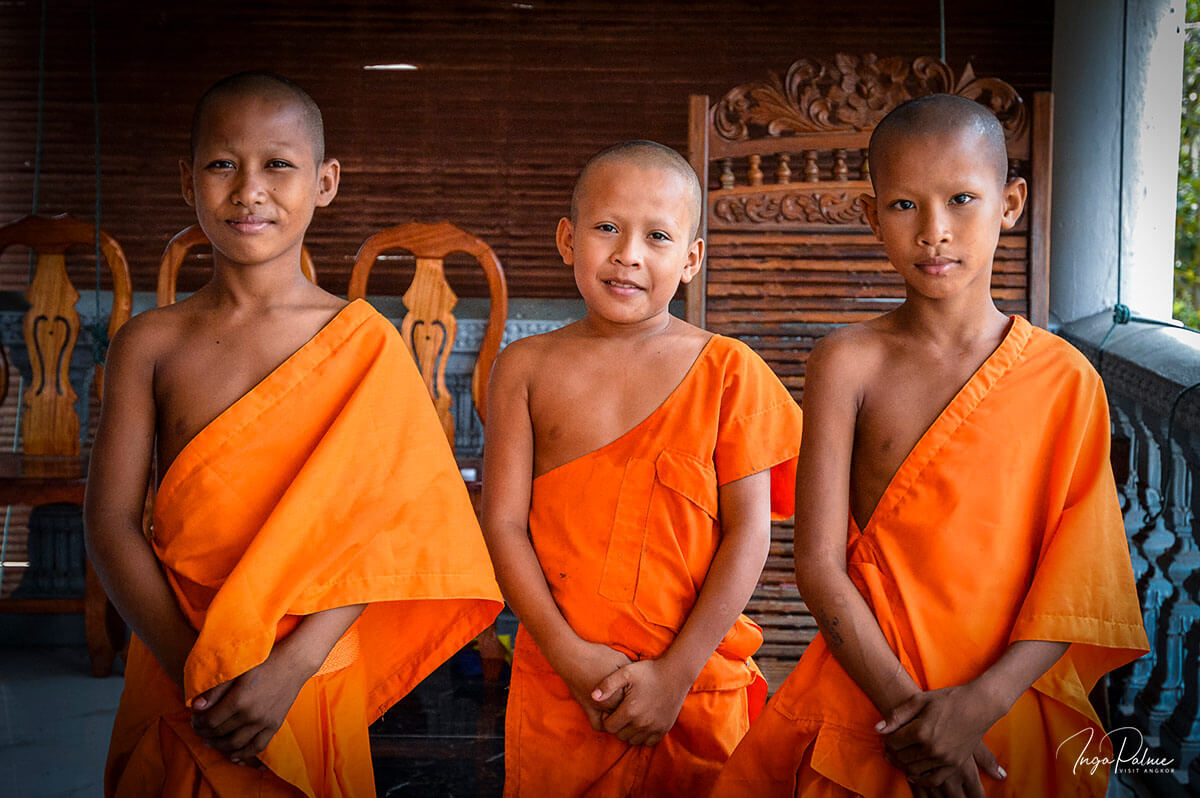
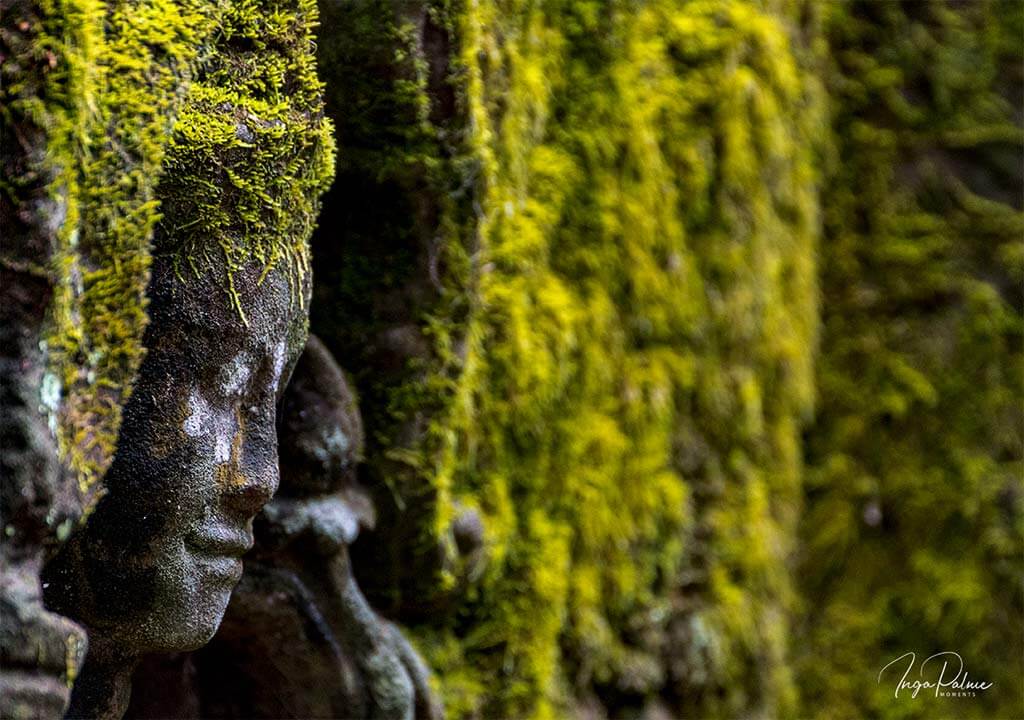
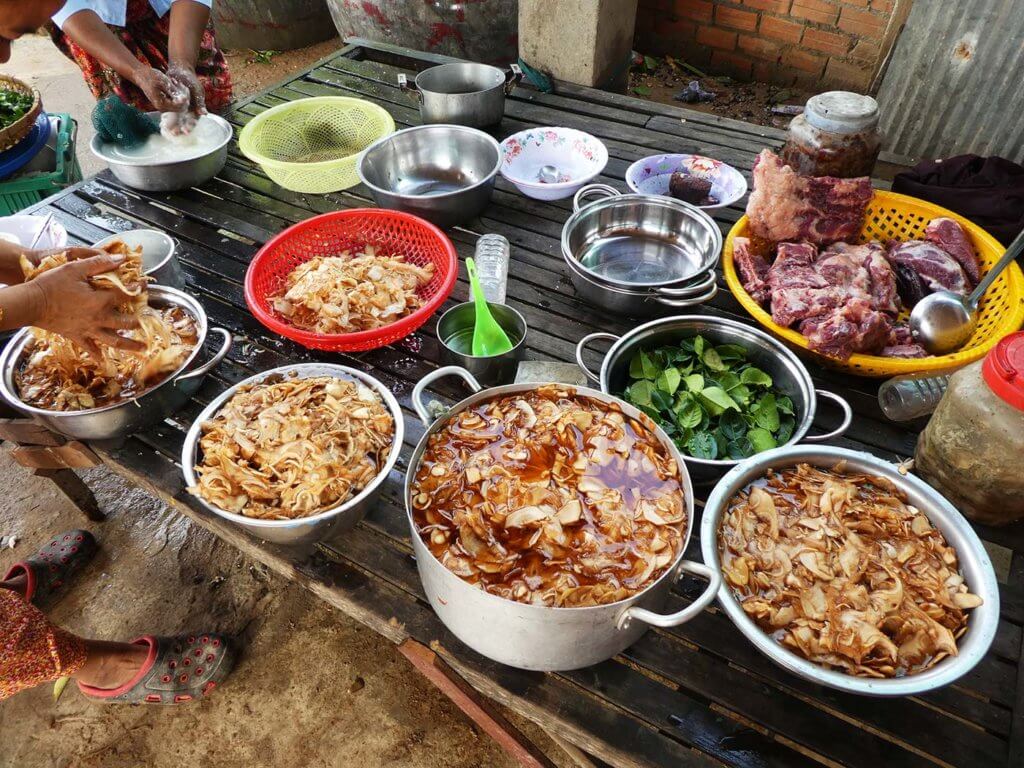
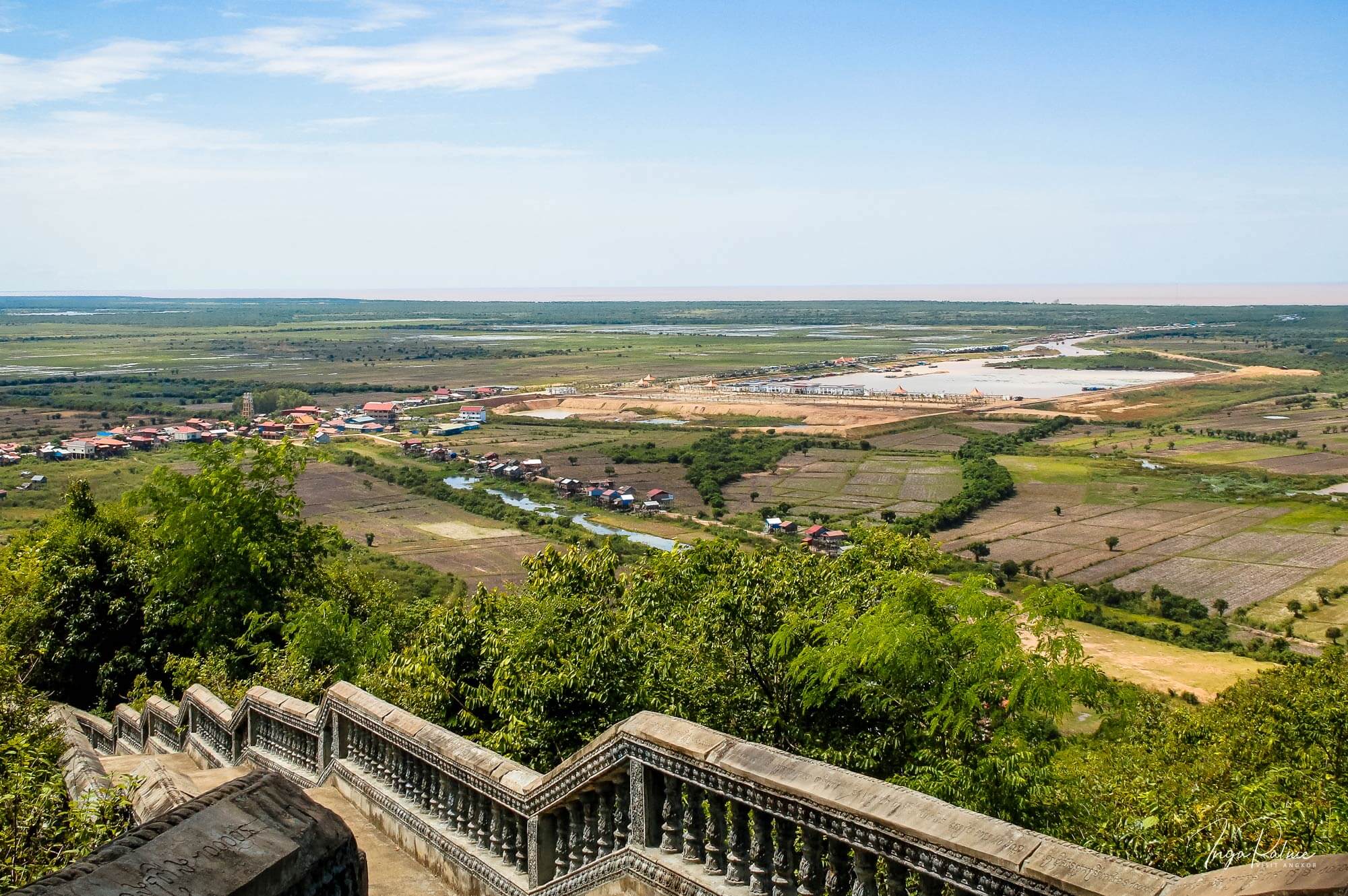
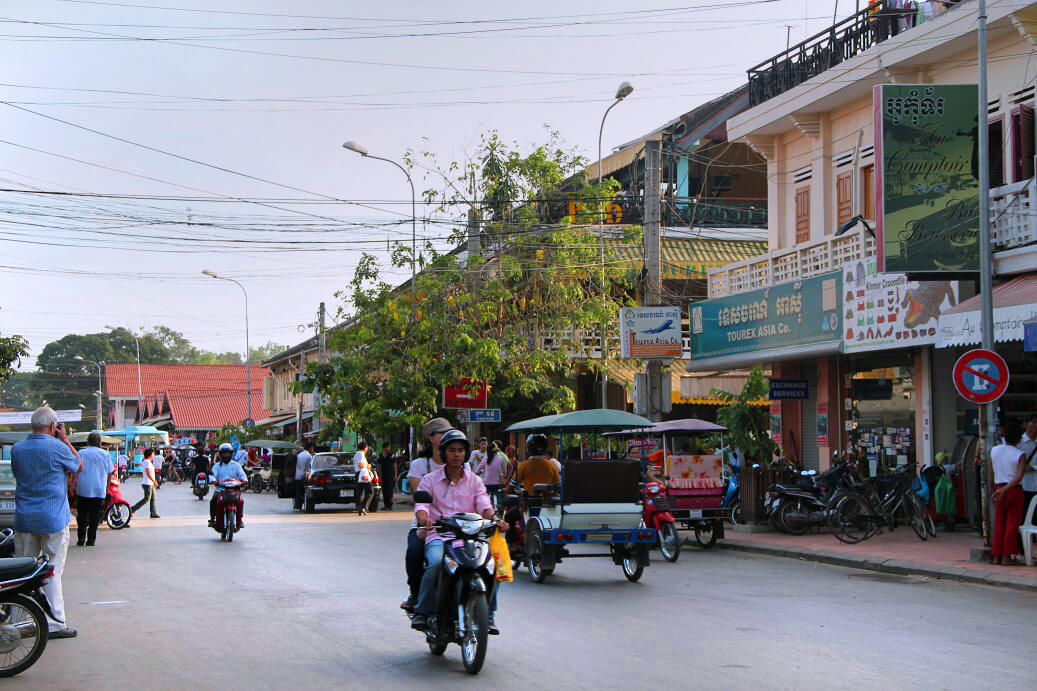
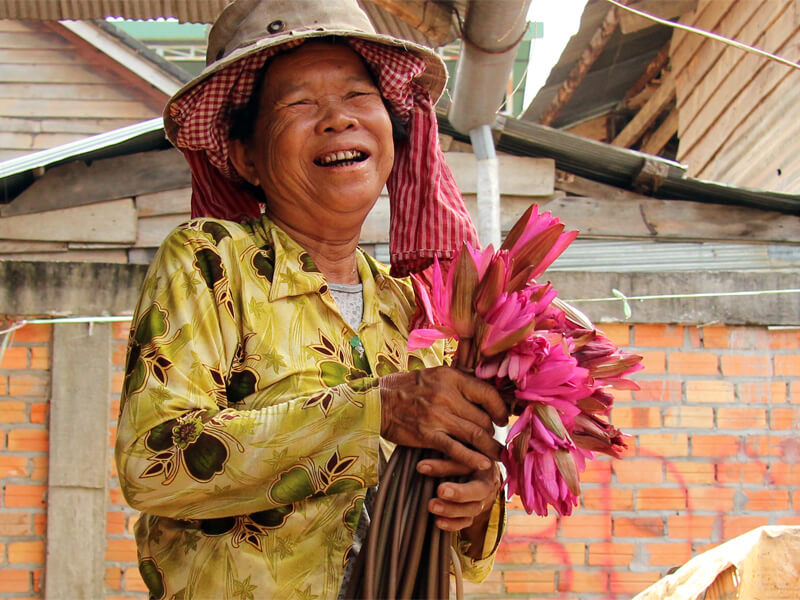
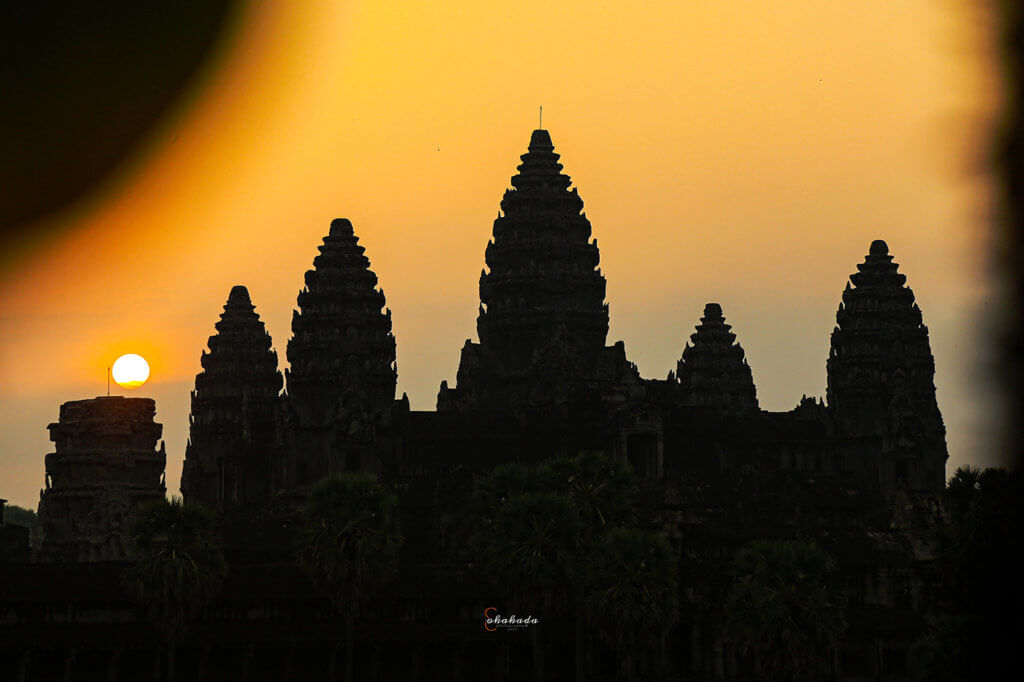
At the same time, the peak travel season is approaching. Most tourists travel to Cambodia between November and February.
The state religion in Cambodia is Therevada Buddhism. A good 90% of Cambodians are devout Buddhists. The remaining 10% are mainly Christians and Muslims. They all speak Khmer. With its 34 consonants and 23 vowels, Khmer is one of the languages with the most letters in the world.
Currency
There are 2 currencies in Cambodia. The US dollar and the Cambodian riel (loosely translated: small fish in reference to the abundance of fish in Lake Tonlè Sap). The ratio is 1 to 4000. 4,000 riel are worth one dollar. You will automatically receive the riel as change in the country. Exchange outside of Cambodia is not possible.
Cambodian welcome
Cambodians do not shake hands when greeting each other. They bow and hold their hands folded in a Sampeah while saying “joom reab sour” (good day). The formal greeting.
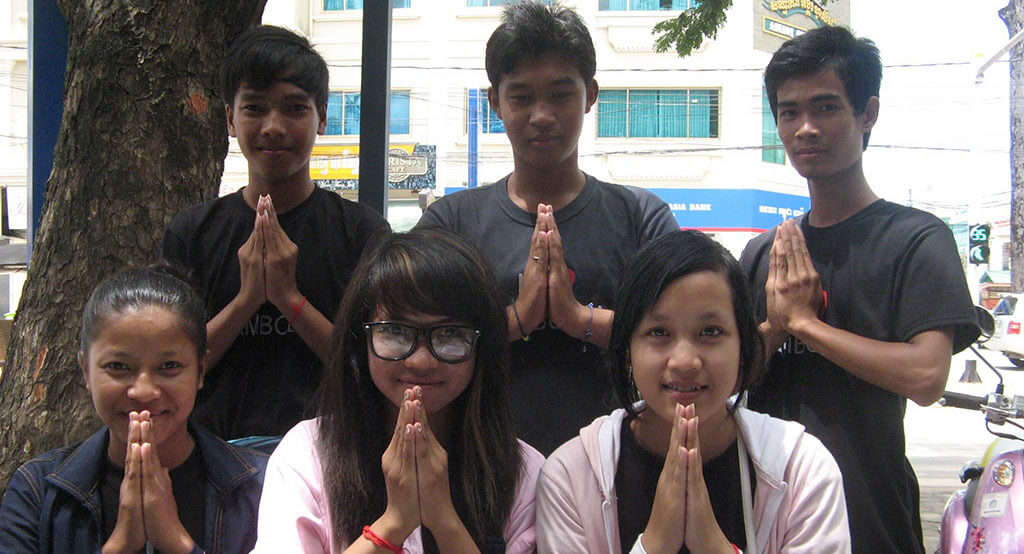
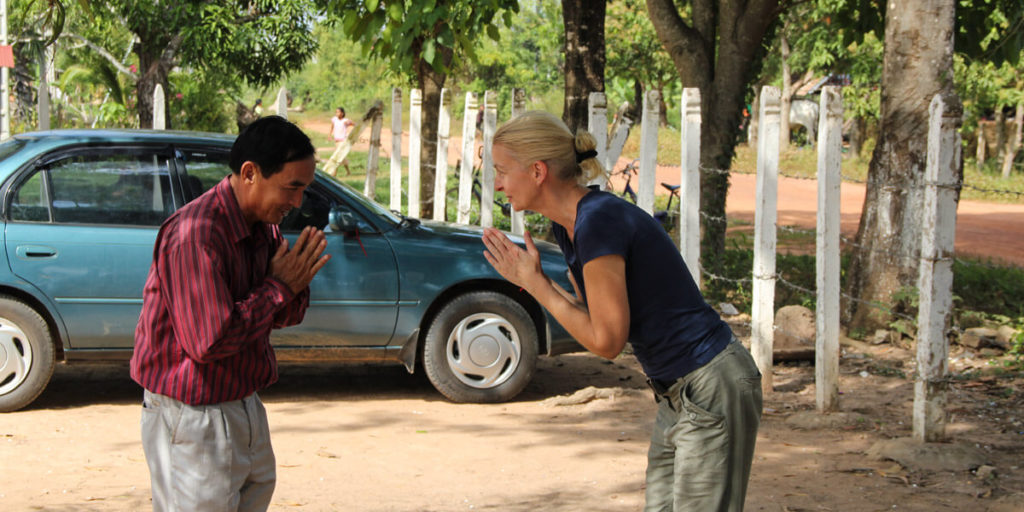
A simple “Soue sday” (hello) is enough between friends.
History of Cambodia
The first mention of the Khmer, as they are known today, dates back to the year 790 in connection with Jayarvarman II. The foundation of the then Khmer empire of Angkor goes back to him. A flourishing empire, which nevertheless came to an end in the 16th century with its dependence on Thailand and Vietnam.
In 1863, the Cambodian king requested the establishment of a French prefecture. In return, Siam (today’s Thailand) renounced its rule over Cambodia at the time. In 1887, Cambodia was integrated into the French Indochina Union, which also includes today’s Laos and Vietnam. Since then, the term “Indochinese Peninsula” has characterized the entire region. Cambodia gained independence in the early 1950s. Independence Day is dated 9.11.1953.
A look at the history of Cambodia, but above all at the reign of terror of the Khmer Rouge in the period from 1975 to 1979, shows that a workers’ and peasants’ state was to be created. Anyone who was intellectual in any way was murdered. Sometimes just wearing glasses was enough. Even today, the country is still suffering from the consequences, people have not really come to terms with what happened at that time. While the elderly carry the experiences of the past in their hearts, the younger generation strive to move forward into the future.
The smile of the Khmer
The friendliness of Cambodians is almost legendary. In August 2021, Cambodia was voted the country with the friendliest people in the world in a survey.
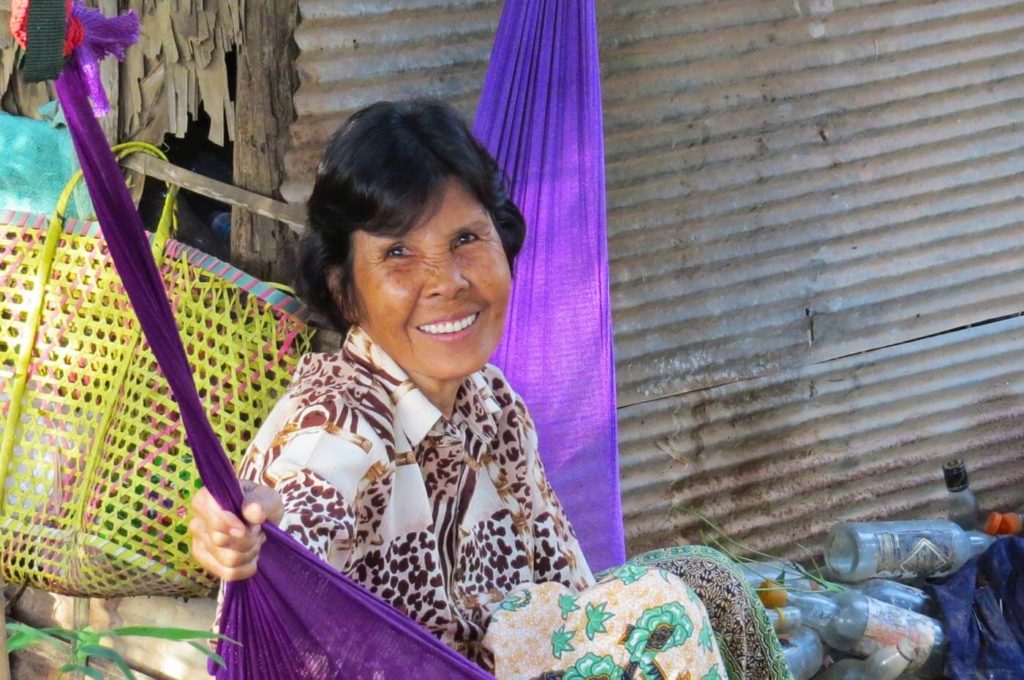
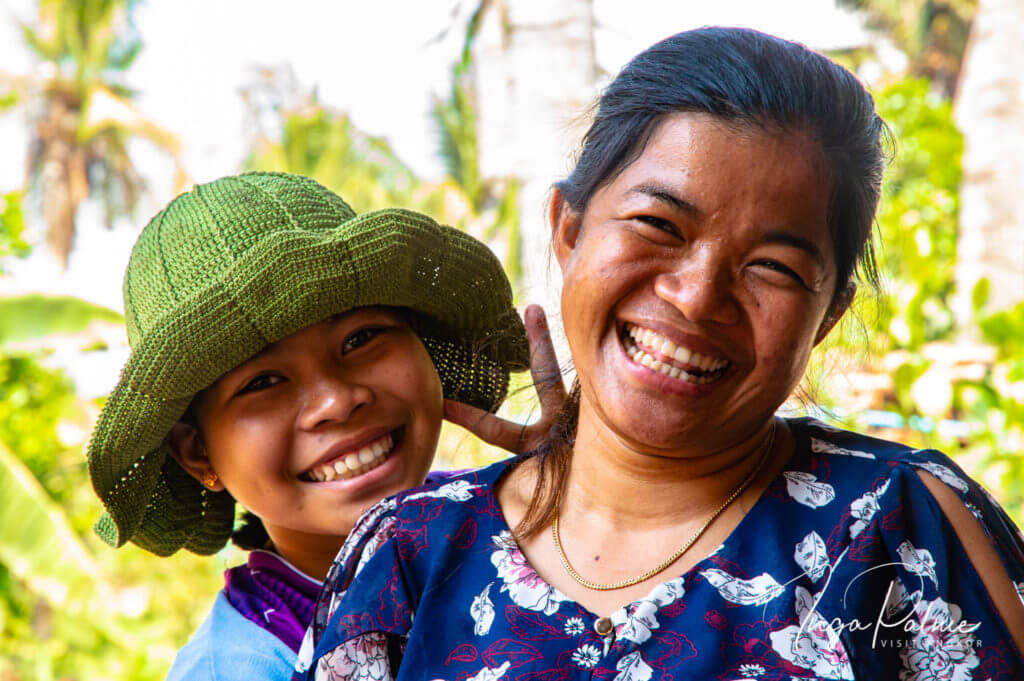
Some people can’t escape the magic and travel to Cambodia again and again. Like Rüdiger and Inga here from Visit Angkor. Or simply stay right there. Like Josette from France. She has lived in Cambodia for many years and supports cats and dogs. Sara and Paul, who got to know several countries on their trip around the world, but immediately fell in love with Cambodia and now run a training restaurant in Siem Reap with a lot of heart and love. In general, it is the stories of the people who carry the aforementioned “Kingdom of Wonder” into our hearts.
Phnom Penh, the capital of Cambodia
Somehow Phnom Penh seems completely different from the “typical” Cambodia. Not because it is the largest city in the kingdom. No. It is the omnipresent contrast between monuments steeped in history such as the Royal Palace, Silver Pagoda and Wat Phnom and the cosmopolitan aura with modern high-rise buildings for a contemporary backdrop. Exuberant nightlife, hip bars and cafés, the central market with its unique dome, the promenade on the banks of the wide Tonle Sap. In between, monks, women in brightly patterned pyjamas, small market stalls. A veritable panopticon of the senses for us travelers.
It takes more than just a handful of days to explore the city. But who are we telling? There are many who travel to Phnom Penh again and again. Some even claim that the people there are even friendlier than in Siem Reap, which has been overrun by tourists.
What you may not know at this point: Rüdiger here from Visit Angkor loves to report on Phnom Penh. If you want to get started right away, you can get a first overview with his 50 Phnom Penh To-Do Highlights (coming soon).
The temples of Angkor
But by far THE tourist highlight in Cambodia is and remains Angkor. The largest ancient city in the world and a UNESCO World Heritage Site never ceases to amaze. This is one of the places where you can feel it the most: the soul and the origin of the Khmer. Even if it is sometimes teeming with tourists. It is unbelievable what people created under their royal rulers around 1,000 years ago. Architectural masterpieces, some decorated with elaborate reliefs. Countless stories: Of demons, apsara dancers, devatas, great battles, glorious kings and more. To prepare for your visit, e.g. tickets, clothing, tuk tuk etc., we recommend our reading tips on Angkor.
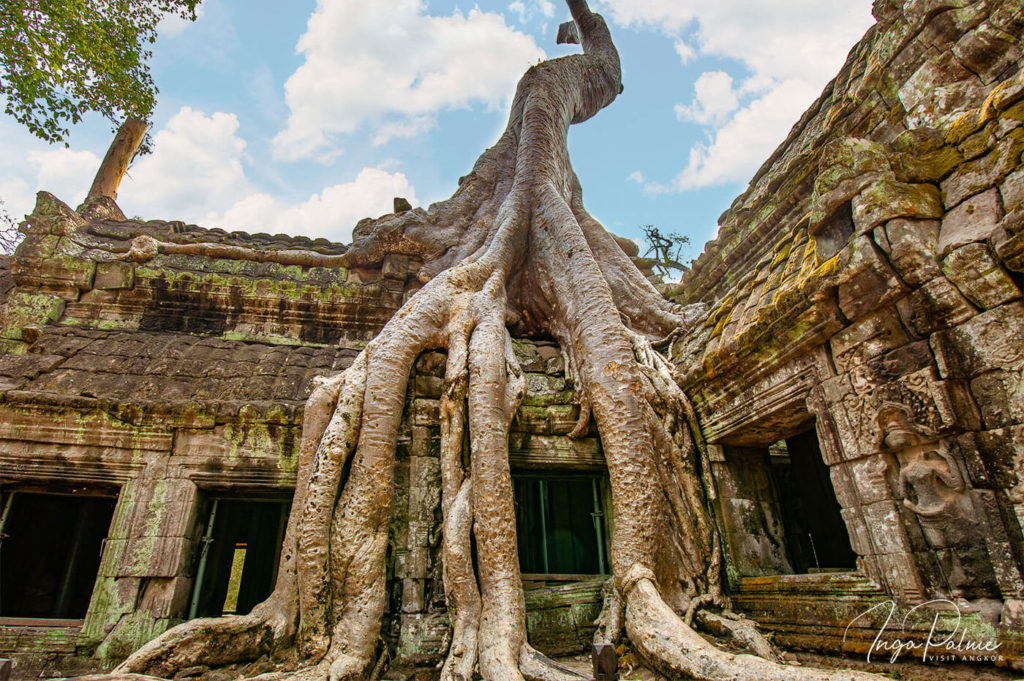
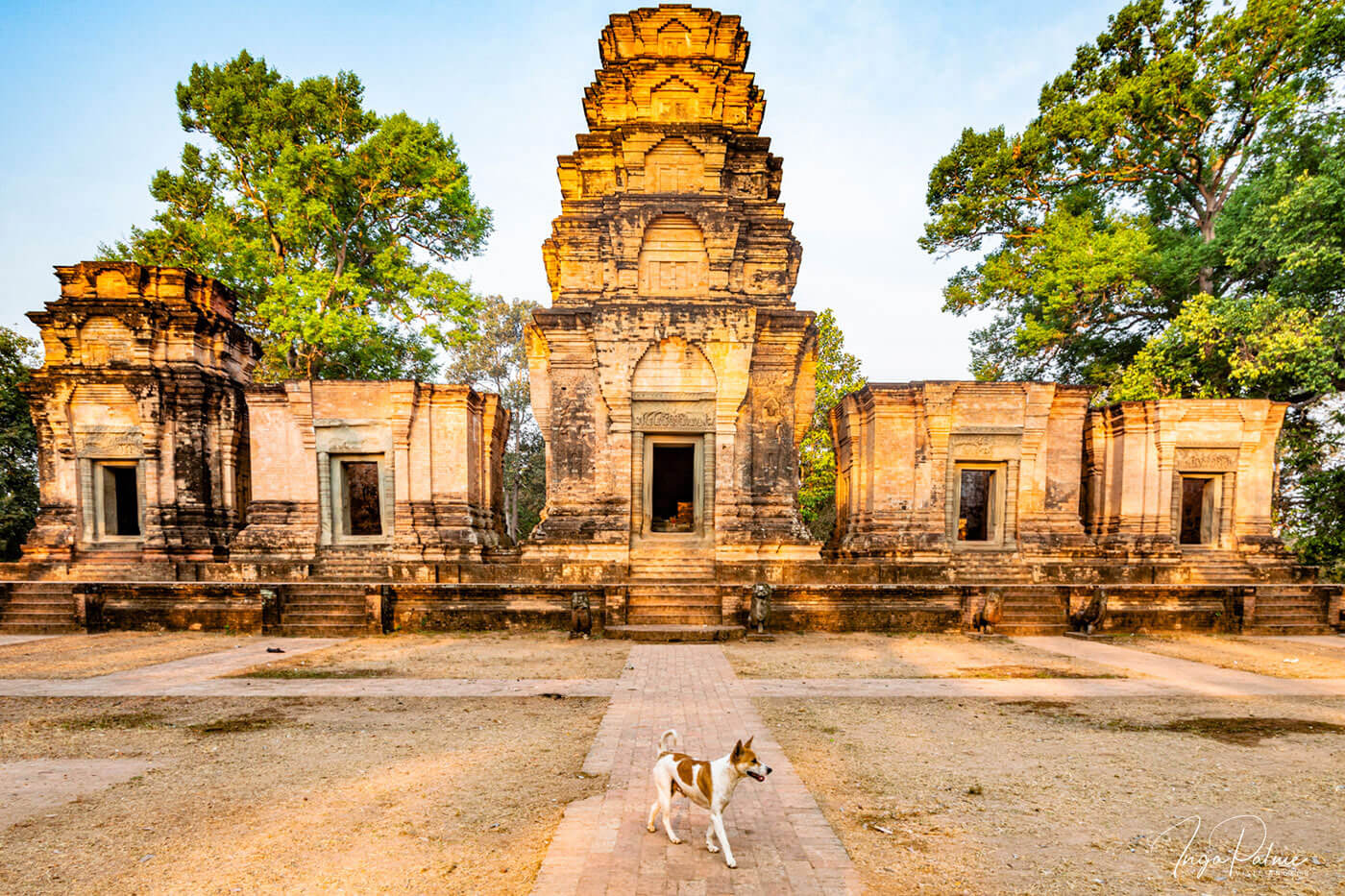
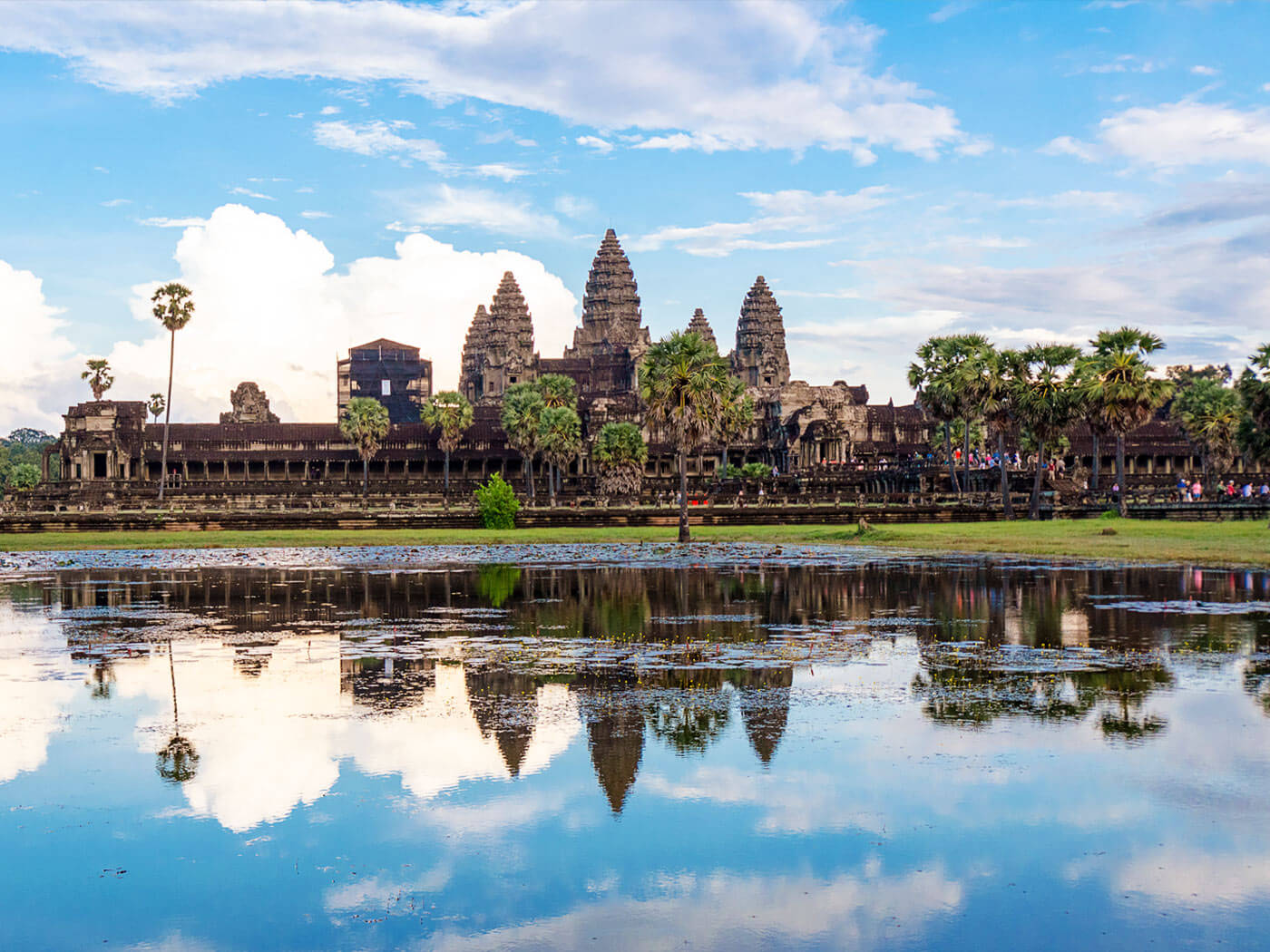
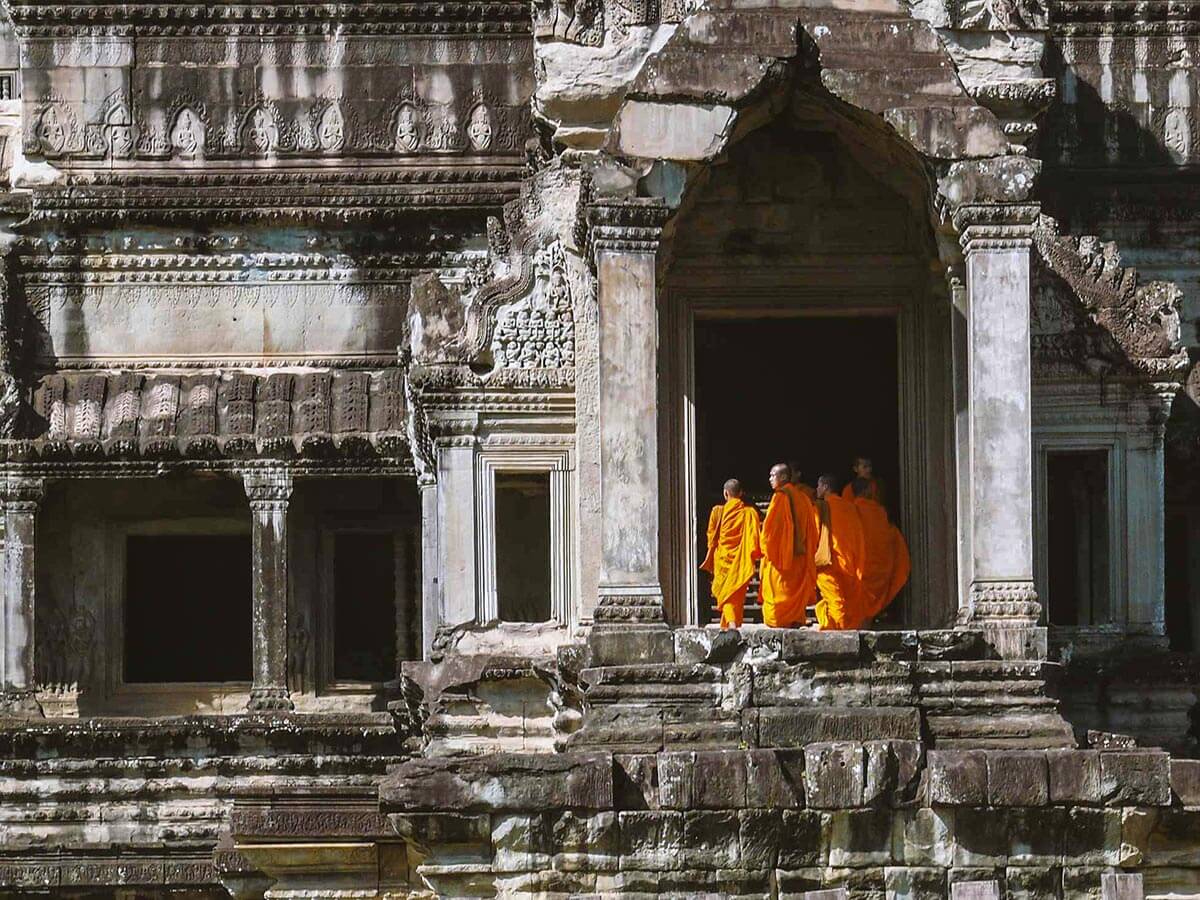
By the way: Angkor Wat is the most important of all the Angkor temples. As a symbol of its importance for Cambodia, Angkor Wat adorns the country’s official flag.
Siem Reap
Due to the visitors to the temples of Angkor, the provincial capital of Siem Reap has become an attractive small town in recent years. Located just 8 km south of Angkor, there is a large selection of hotels and restaurants in a wide range of price categories. From simple homestays to luxury, everything is available. Those who swear by nightlife will get their money’s worth on Pub Street.
Our tip: simply hire a Tuk Tuk and explore the city and surrounding area. Incidentally, Siem Reap is Inga’s favorite place, as described here at Visit Angkor in words and pictures.
Buddhist monasteries – pagodas
The mostly elaborately painted and decorated pagodas can be found all over the country. They are the center of life for the monks and their numerous duties. Often with a school attached, from which the bright voices of the schoolchildren can be heard reciting what they have just learned. On Buddhist holidays, the monasteries are a hive of activity. Depending on the occasion, believers come to commemorate their ancestors and Buddha. Always present: incense sticks and a few riel. This makes the spirits merciful. Udong is one of the most beautiful pagodas in Cambodia. It is also the most important in the kingdom. It is therefore no coincidence that monks from all over the kingdom travel to this place for special Buddhist celebrations.
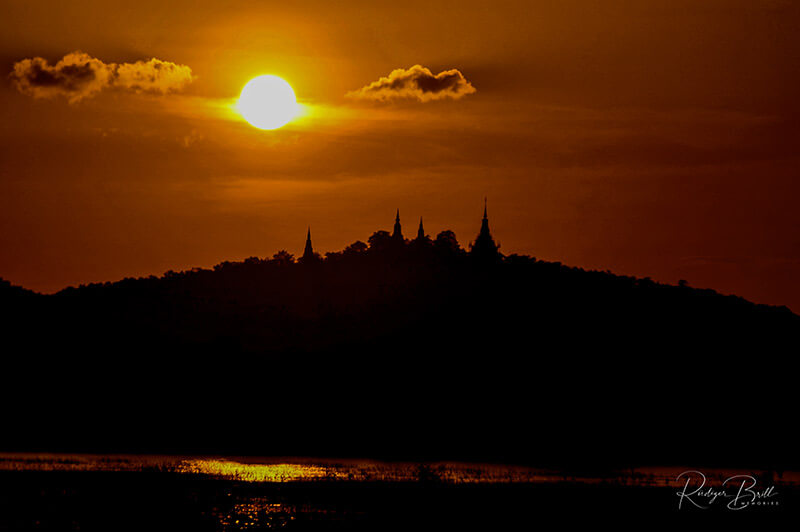
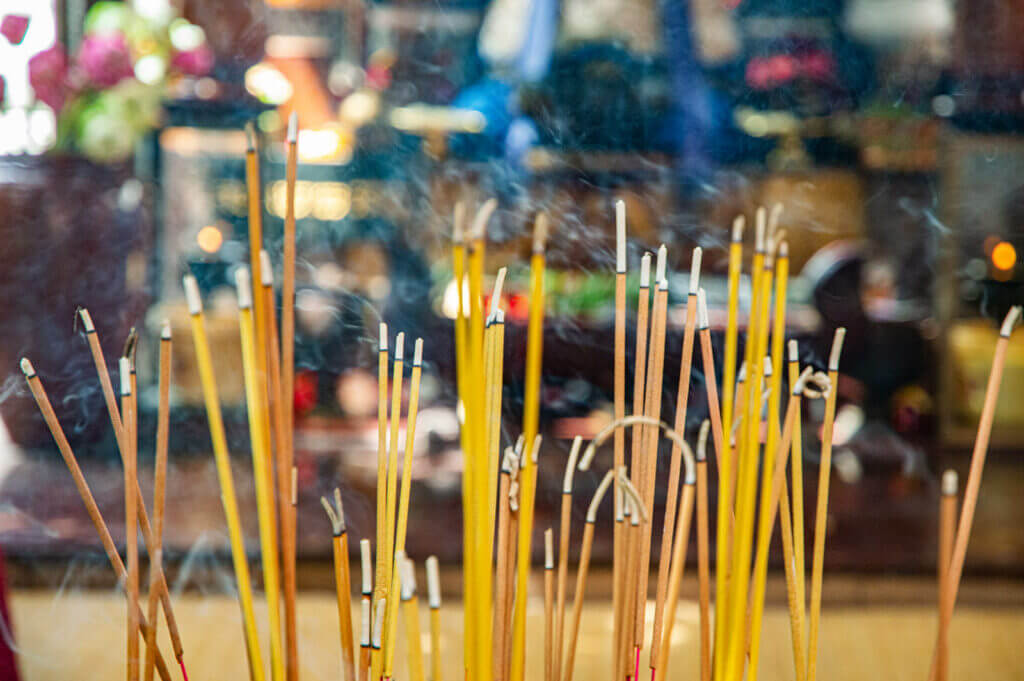
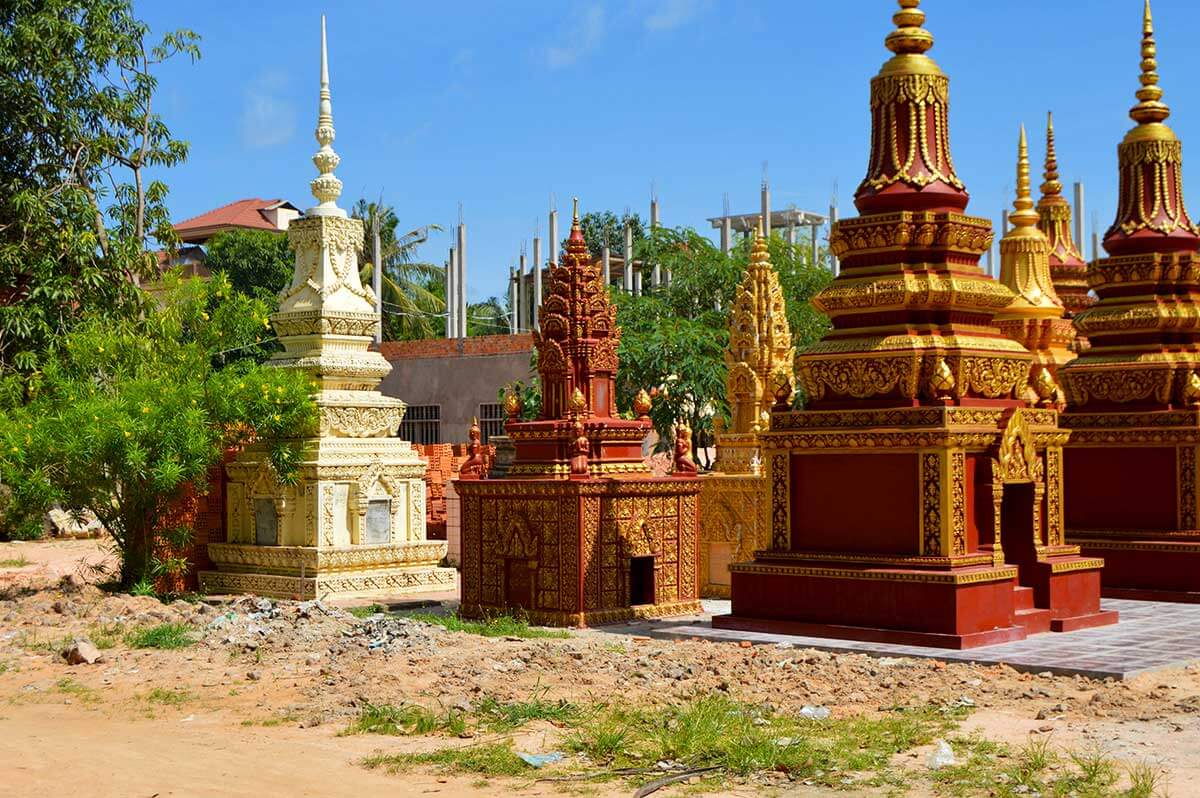
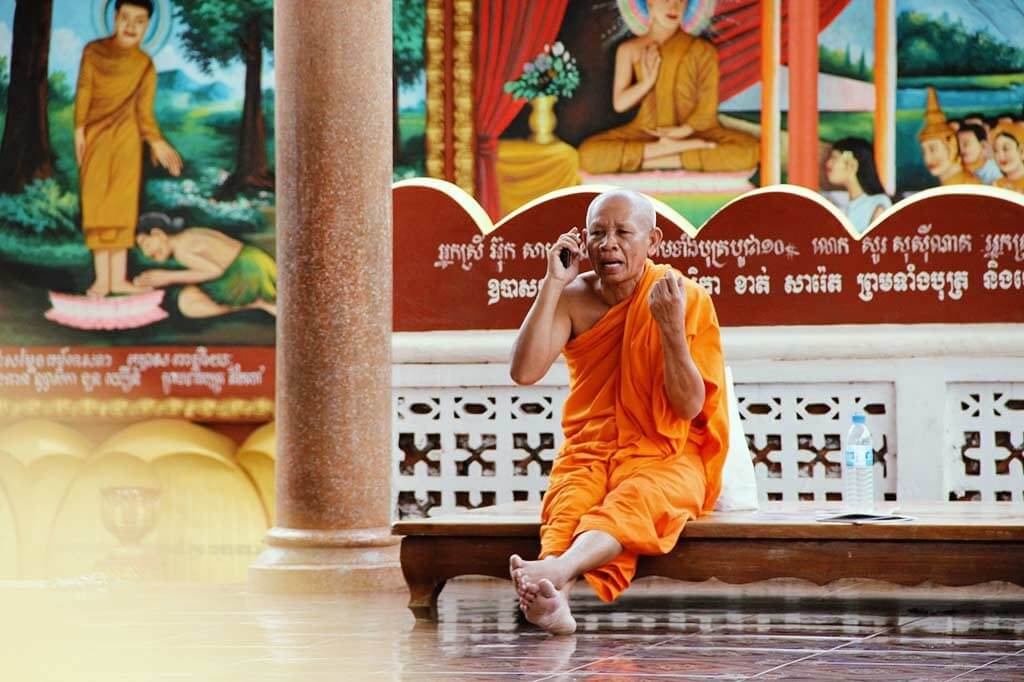
Or Wat Puth Kiri, with its countless Buddha figures, the monastery is definitely worth a visit. If you would like to get a first impression of the variety, you will find what you are looking for in our photographic journey through the pagodas in Siem Reap and Rüdiger’s article Buddhist monasteries in Cambodia.
Islands
Cambodia has a total of 64 islands. Some of them are developed for tourism. White, sometimes endless dream beaches beckon here. Koh Rong and its smaller, quieter neighbor Koh Rong Sanloem are among the most popular. Full moon parties, diving or simply chilling out are on the agenda there. The same goes for Koh Tonsay – also known as Rabbit Island – off the province of Kep. A major resort project for tourists with several hundred rooms is currently under construction there. Vacationers can experience pure luxury on the private islands of Song Saa.
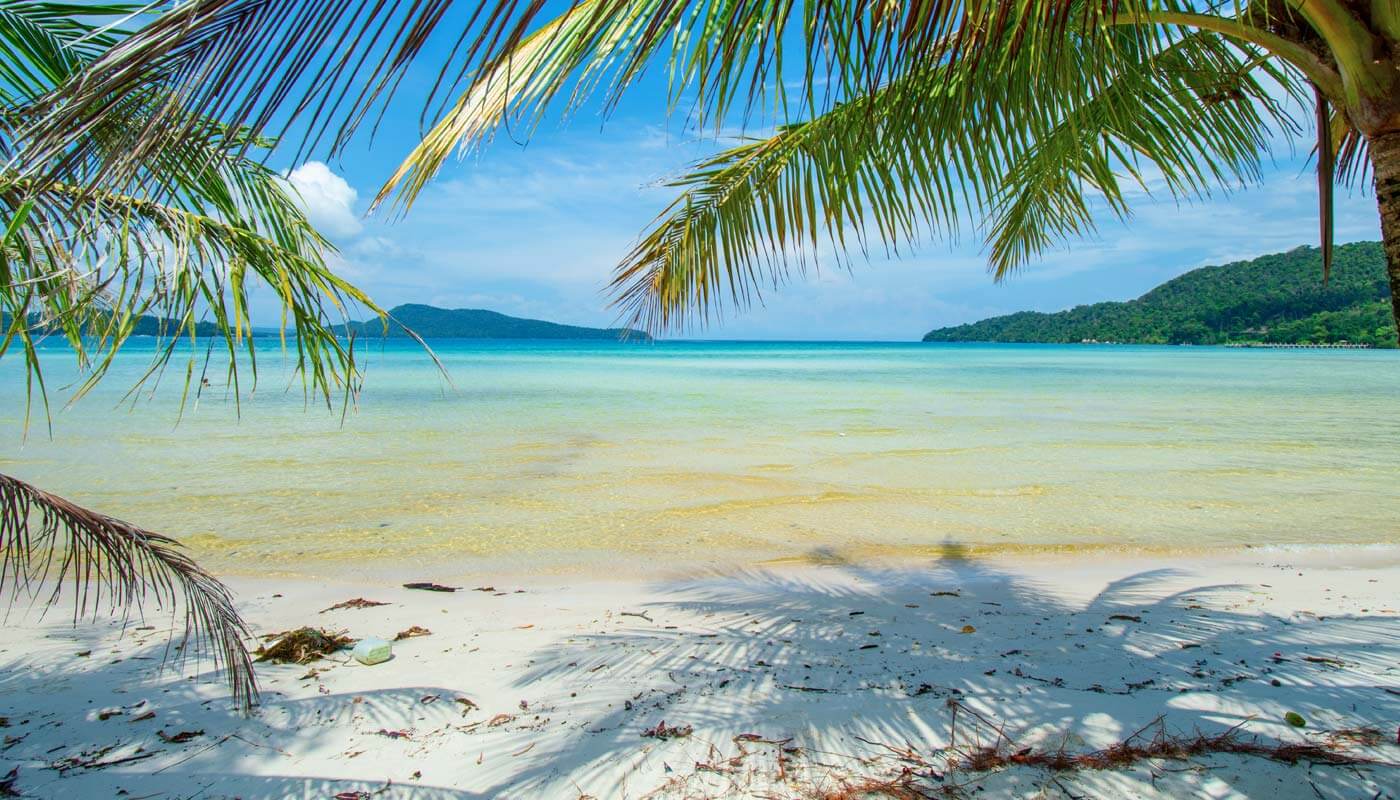
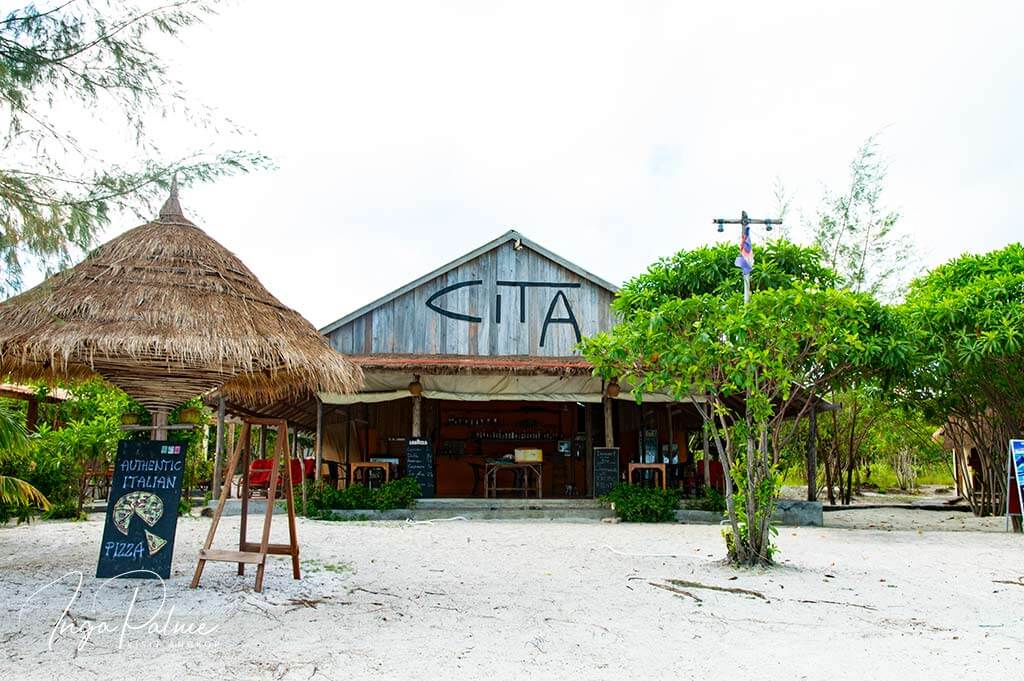
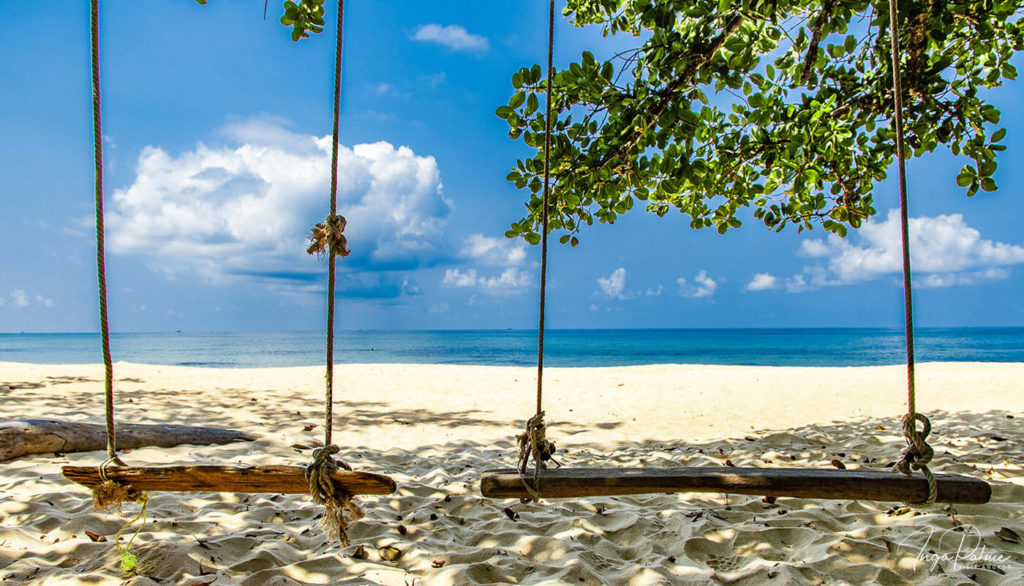
Nature
Cambodia, that is: Virgin forests, untouched nature, waterfalls, rare animals – but, let’s not kid ourselves, also deforestation and displacement. A Cambodian friend once said quite pragmatically: “We will lose a lot, but we will also gain a lot.”
Let’s stick to the positives: The Irrawaddy dolphins in the Mekong in the province of Kratie, nature reserves throughout the country, Mekong wagtails, gibbons, bears and even tigers. Various nature projects and ecotourism are also developing awareness. Indigenous tribes and elephant reserves in the provinces of Mondulkiri and Ratanakiri – elephant riding in Angkor Park was discontinued in 2019. The gray giants now lead a more species-appropriate life. There are said to be around 200 mammal, 700 bird and 240 reptile species in Cambodia.
Of course, there is also the sugar palm, which characterizes the landscape and was declared a national symbol in 2005. The seemingly endless rice fields and lotus farms. Sedate water buffaloes and cattle standing in the middle of the road.
Food and drink
Rice is a staple food and an absolute must even in sophisticated Cambodian cuisine. Rice is even served for breakfast. Very popular as a soup, usually the famous bor bor. Even today, products such as rice wine and rice paper are still produced in handmade factories.
Fish amok is one of the classics in Cambodian cuisine. In the original version, small fish fillets are rolled in banana leaves and steamed in a creamy sauce. The unique taste is conjured up by the aromatic Kroeung spice paste stirred into coconut milk. Prahok, on the other hand, is far more hearty. A fish paste made from crushed, salted and fermented fish. Cambodians swear by their prahok, while our nostrils usually curl up when we smell it for the first time.
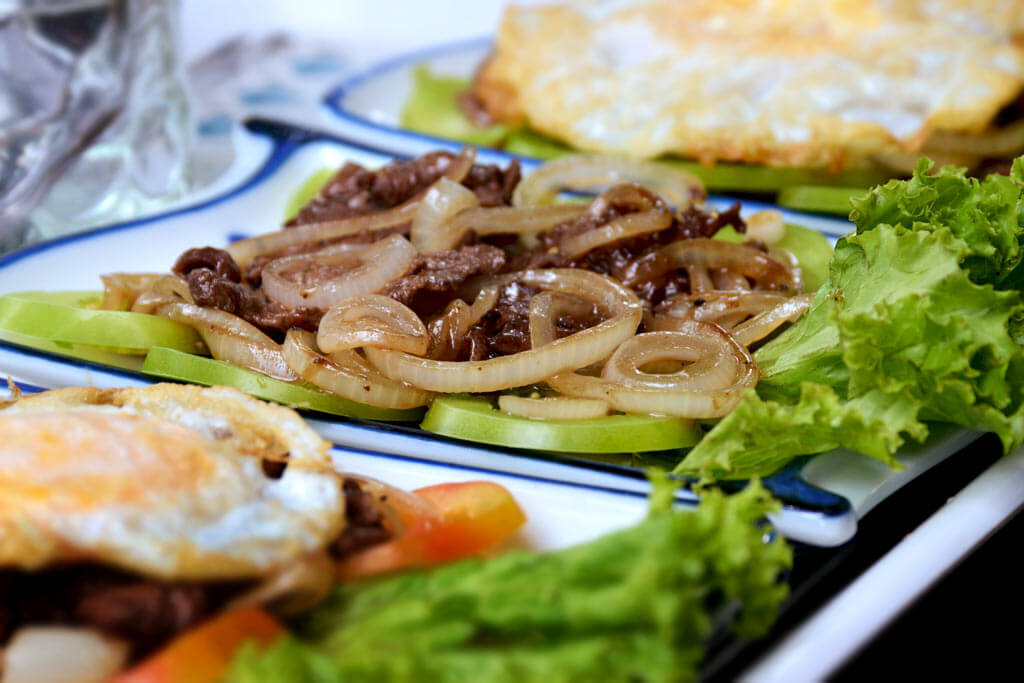
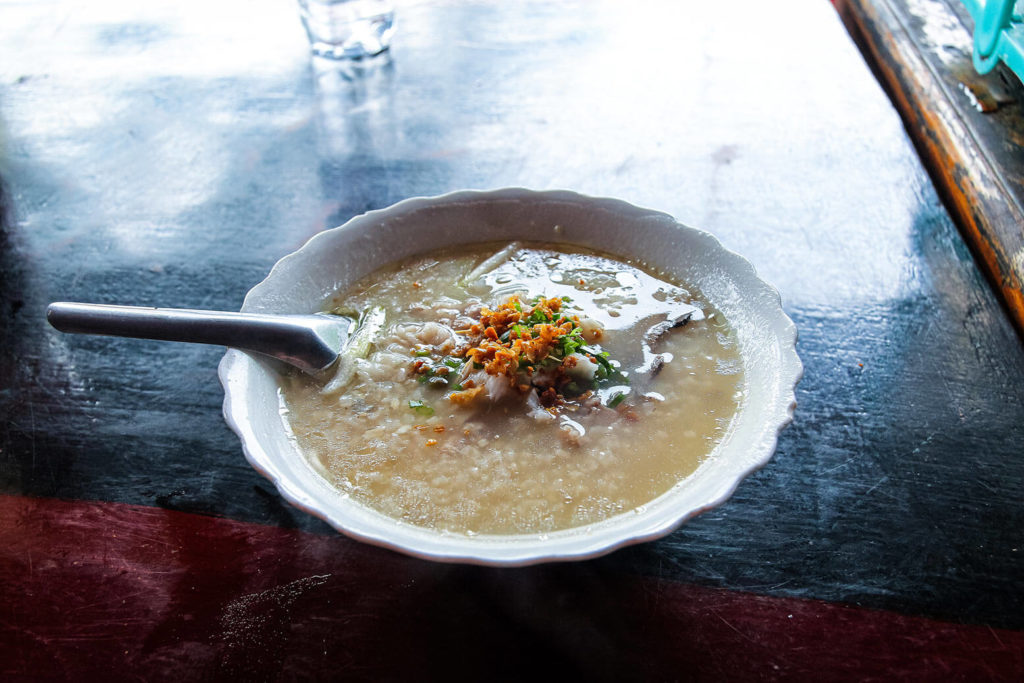
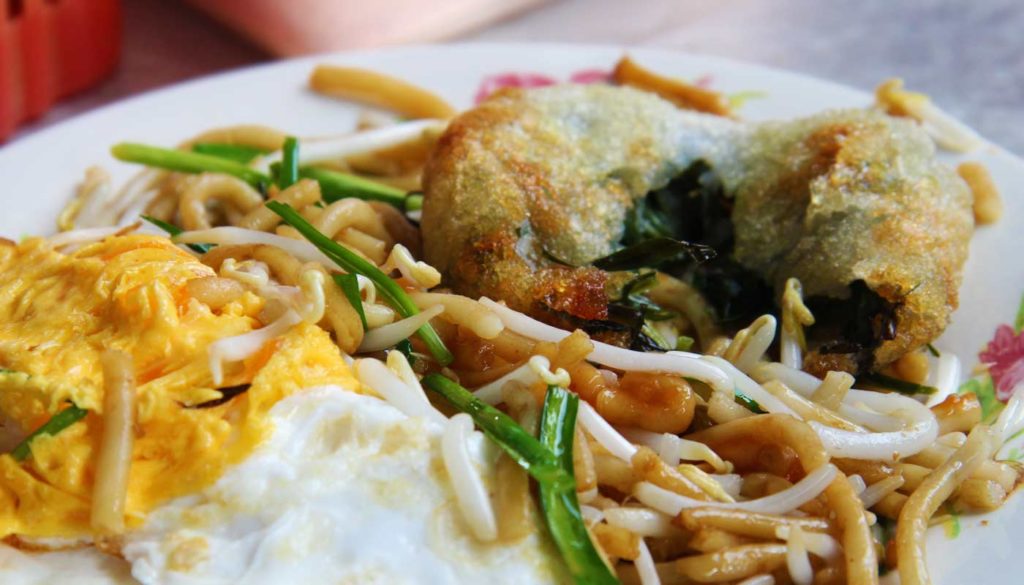
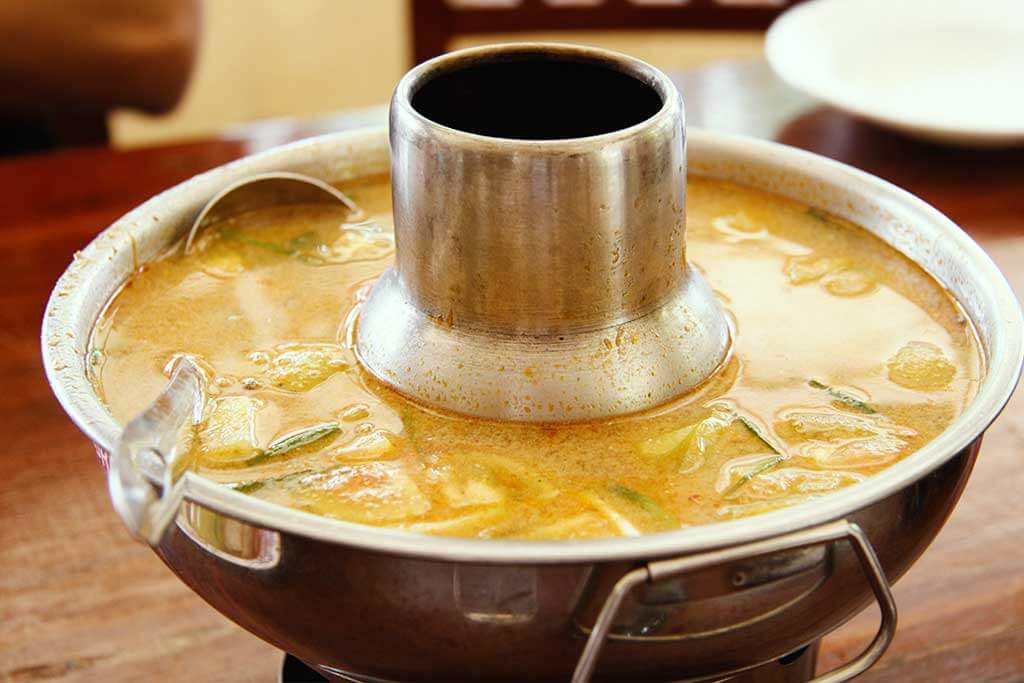
Speaking of crawling: Cambodians love to eat all kinds of creepy-crawlies such as tarantulas, ants and grasshoppers. They have long since realized that these highly nutritious creatures are a tourist attraction. This is why you can buy such delicacies freshly fried and beautifully presented at various street food stalls.
Another export hit is the famous Kampot pepper. It is available in black, white and even red. It is currently experiencing a renewed triumph in our pots and pans. Even local delivery services such as HelloFresh are listing “Kampot” pepper as an ingredient and not just pepper. Lok Lak is a simple yet fantastic dish: small pieces of beef with a pepper dip, some salad and rice.
Overnight stay
The accommodation options range from simple hostels to outrageously expensive luxury resorts. A room for 2 people can be booked for less than USD 10. For more than USD 1,000, guests can lay their heads on the aforementioned Song Saa Island. We have compiled tips for individual locations on the individual province pages. You can access these via the homepage “Provinces in Cambodia”.
It should be noted at this point that not all of the provincial pages have been completed. Writing with heart and love takes time. If you’re in a hurry, just join our little Facebook group Kambodscha Liebe – We Love Cambodia and exchange ideas with fine people there.
Getting there
Direct flights from the DACH region are not yet possible. However, this may well change once the new airports in Siem Reap and Phnom Penh are completed. Flights are generally more expensive during the high season, which lasts from December to February. Our recommendations for your flight search are Skyscraper and Idealo.
You need a valid visa to enter the country. You have 2 options: Obtain a visa in advance from a provider or directly from the local embassy or obtain a “Visa on Arrival”.
Articles about Cambodia
Many articles about Cambodia have already been published here at Visit Angkor. Here is a small selection. If you would like to have an overview of all Cambodia articles, just click on the pink link “Cambodia”.
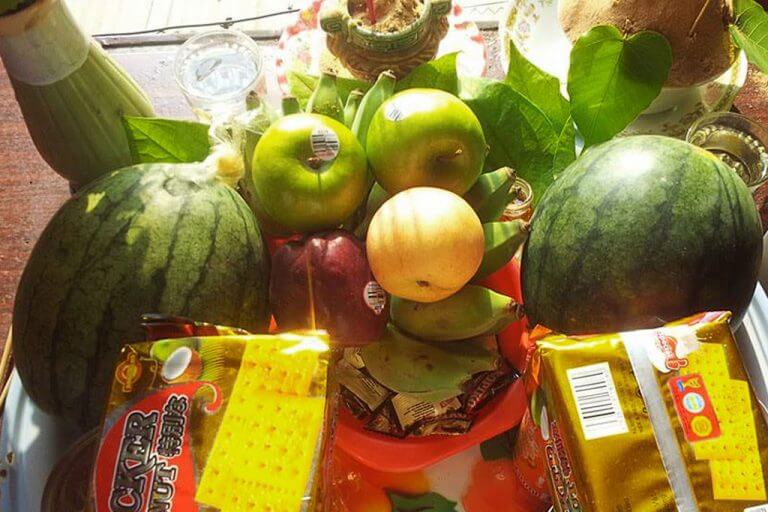
Khmer New Year 2025 – welcome to Angel Koraka Tevy
This year, Monday angel Koraka Tevy comes down to earth on 15 April 4:48 am. She is the second daughter of Kabil Moha Prum. Happy Khmer New Year 2014
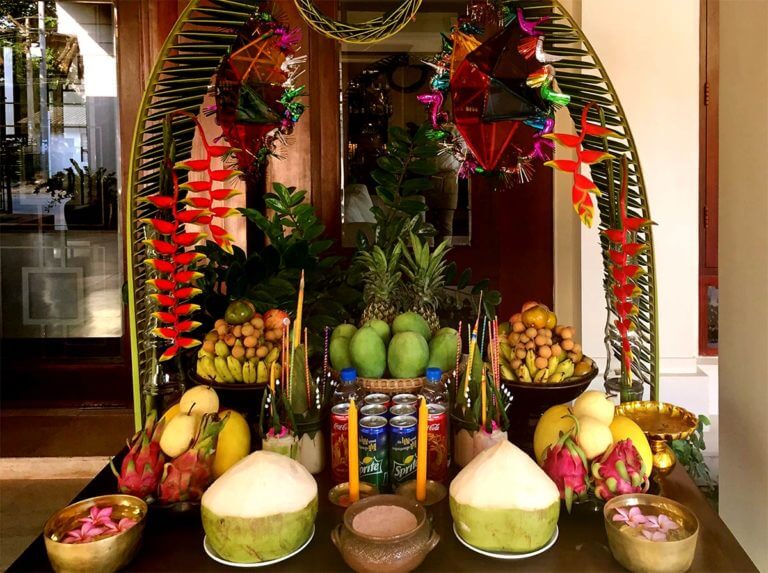
Khmer New Year 2024: Welcome Angel Mohothareak Tevy
On 13 April, Angel Mohothareak comes to earth and the Year of the Dragon begins. Information about the angel and the New Year festival in Cambodia.
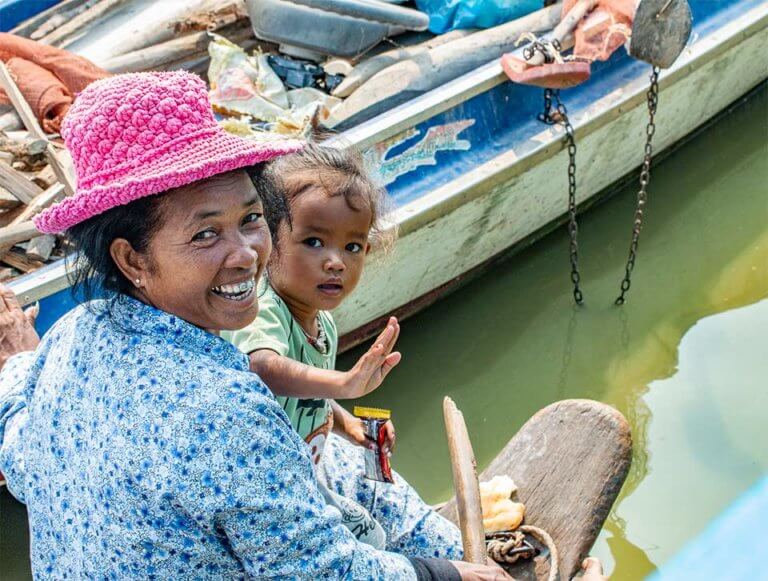
Round trip in Cambodia: 5 tips for you
Plan an unforgettable round trip in Cambodia with these 5 essential tips. Explore the beauty of Cambodia without missing a thing.

Affiliate*
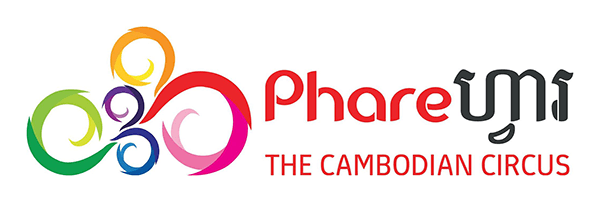
Phare, the Cambodian Circus
A highlight in Siem Reap! Buy tickets online directly on the Circus Phare website*.
Links and references with a * are an affiliate link (advertising link). If you like Visit Angkor and buy, book or subscribe to something via an affiliate link, the provider will make a small commission for Visit Angkor. Of course, there are no additional costs for you.
Join our Facebook group
International travel group with friendly people who love Cambodia. We speak English, German and a little Khmer.
By the way: We write here at Visit Angkor with a lot of passion and love. Nevertheless, it can happen that information is no longer up to date or perhaps even incorrect. We would be happy to hear from you so that we can update the information accordingly. Thank you very much!

